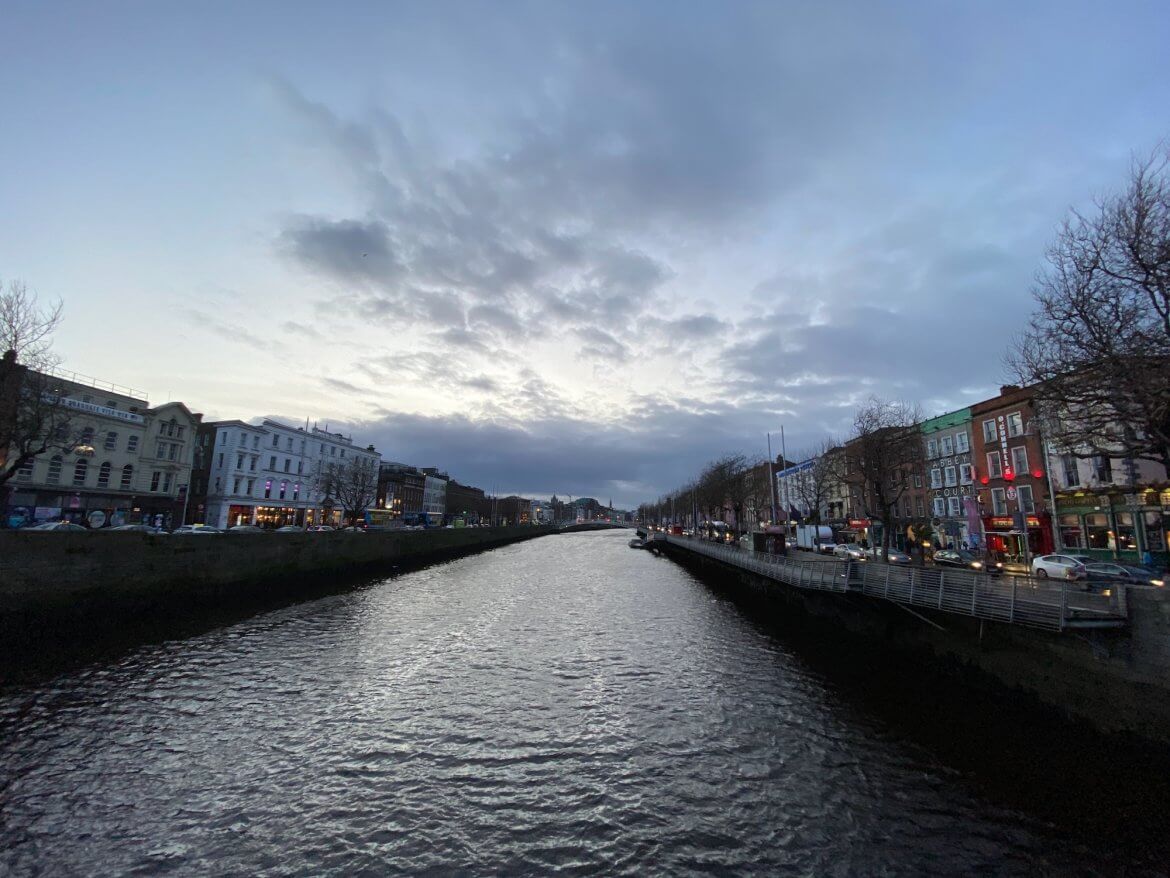The period between January and March offers a unique perspective on Ireland that many visitors miss. While summer brings crowds and autumn offers harvest colors, winter in Ireland reveals a raw, authentic side of the Emerald Isle that can be equally enchanting – if you know what to expect and how to prepare.
Weather and What to Pack
Irish winters are generally mild but notoriously changeable. Temperatures typically hover between 4-8°C (39-46°F), rarely dropping below freezing during the day. However, the real challenge isn’t the cold – it’s the combination of wind and rain that gives Irish winters their bite. Snow is rare in coastal areas but more common inland and on higher ground.
Essential packing list:
- Waterproof jacket with hood
- Waterproof boots or shoes
- Warm, layered clothing
- Hat, scarf, and gloves
- Umbrella (though it may be useless on windy days)
Advantages of Winter Travel
Lower Costs
- Significantly reduced airfares
- Hotel rates often drop by 20-40%
- Better availability at popular B&Bs
- Cheaper car rental rates
Fewer Crowds
- No queues at popular attractions like the Cliffs of Moher
- Easy to get tables at renowned restaurants
- More intimate experiences at tourist sites
- Better photo opportunities without crowds
Local Experience
- More interaction with locals rather than other tourists
- Authentic pub atmosphere with more locals than visitors
- Easier to find seats at traditional music sessions
What’s Open and What’s Not
Most major attractions remain open year-round, though often with reduced winter hours:
- Trinity College and the Book of Kells
- Guinness Storehouse
- Dublin Castle
- Most national museums
- Major religious sites
However, some seasonal sites may be closed or have limited access:
- Some historic houses and gardens
- Certain island boat services
- Remote archaeological sites
- Some rural visitor centers
Winter Activities and Experiences
Indoor Culture
- Museum visits are perfect for wet days
- Traditional music sessions in cozy pubs
- Theatre performances and concerts
- Whiskey distillery tours
Outdoor Adventures
- Winter surfing along the Wild Atlantic Way
- Hill walking on crisp, clear days
- Photography in dramatic winter light
- Storm watching along the coast
Special Winter Events
- Temple Bar TradFest (January)
- Dublin International Film Festival (February/March)
- Six Nations Rugby Championship matches
- St. Brigid’s Day celebrations (February 1st)
Natural Phenomena
- Shorter daylight hours (gets dark around 4:30 PM in January)
- Northern Lights visible in Northern Ireland on clear nights
- Dramatic Atlantic storms
- Winter migrations of seabirds
Regional Considerations
Dublin
- Perfect for museums, galleries, and indoor attractions
- Excellent public transport even in poor weather
- Many cozy pubs and restaurants
- Christmas lights usually stay up through January
West Coast
- Dramatic winter storms along the Wild Atlantic Way
- Cliffs of Moher particularly spectacular in winter weather
- Some rural services may be reduced
- Fewer tourists at popular spots like the Ring of Kerry
Northern Ireland
- More likely to see snow, particularly in the Antrim Glens
- Giant’s Causeway less crowded but equally impressive
- Game of Thrones locations particularly atmospheric in winter
Travel Tips
- Book accommodation in advance – while there’s less competition, some places close for winter
- Check opening hours before visiting attractions
- Build flexibility into your itinerary to account for weather
- Consider basing yourself in towns rather than rural areas
- Rent a car with winter tires if planning to explore rural areas
- Take advantage of indoor attractions on wet days
- Use the shorter daylight hours to plan indoor evening activities
Winter travel in Ireland offers a different but equally rewarding experience compared to peak season. The key is embracing the season rather than fighting it – there’s a reason Irish culture celebrates coziness and indoor socializing. With proper preparation and realistic expectations, winter can be an excellent time to experience Ireland’s authentic character, dramatic landscapes, and warm hospitality – often at a fraction of peak-season costs.


